The Ultimate Guide to Pierced Nose Piercing: Everything You Need to Know
From the different nose piercing options available, such as nostril piercings, septum piercings, and bridge piercings, to the various types of jewelry you can choose from, we've got you covered. We'll also discuss the piercing on nose process itself, when to change nose piercing, what to expect during and after the procedure, nose piercing sizes and how to keep your piercing clean and healthy.
History and Cultural Significance of Nose Piercing
Nose piercing has a rich history that dates back thousands of years. It has been practiced in various cultures and holds different meanings across the globe. In ancient times, nose piercings were a symbol of social status, wealth, and beauty. For example, in India, nose piercings were associated with marriage and were considered a sign of a woman's fertility and marital status.
In other parts of the world, such as the Middle East and Africa, nose piercings had religious and cultural significance. They were often worn as a symbol of spirituality or as a rite of passage. In some tribes, nose piercings were believed to ward off evil spirits or bring good luck.
Today, nose piercings have become a popular form of self-expression and fashion statement. People from different backgrounds and cultures embrace nose piercings as a way to showcase their individuality and style. Whether you choose a subtle nostril piercing or an elaborate septum piercing, your nose piercing can be a reflection of your personality and personal beliefs.
Different Types of Nose Piercings
When it comes to nose piercings types, there are several options to choose from. The most common types include nostril piercings, septum piercings, and bridge piercings. Each type has its own unique nose ring placement and aesthetic appeal.
Nostril piercings are the most popular and widely seen type of nose piercing. They involve piercing the skin on either side of the nose, usually through the fleshy part of the nostril. Nostril piercings can be adorned with a wide variety of jewelry, such as nose studs, nose rings, or nose hoops, allowing for endless customization options.
Septum piercings, on the other hand, involve piercing the cartilage at the center of the nose, between the nostrils. This type of piercing can be quite versatile, as it can be hidden or shown off depending on your preference. Septum piercings can be adorned with circular barbells, captive bead rings, or even ornate septum nose clickers, making them a popular choice among those looking for a bold and unique look.
Bridge piercings, also known as Erl piercings, involve piercing the bridge of the nose, between the eyes. This type of piercing is less common than nostril or septum piercings but can create a striking and edgy appearance. Bridge piercings are typically adorned with straight barbells or surface bars.
Choosing the Right Jewelry for Your Nose Piercing
Once you've decided on the type of nose piercing you want, it's time to choose the perfect nose jewelry to adorn it. The jewelry you select not only adds a stylish touch to your piercing but also plays a crucial role in the healing process.
When it comes to nostril piercings, nose ring studs are a popular choice. They are available in various designs, such as flat back nose studs, upper and lower L-shaped nose studs, or right and left screws, which can be customized to suit your personal taste. Nose rings and nose hoops are also common options for nostril piercings, providing a more bohemian or edgy look.
For septum piercings, circular barbells are a classic choice. They are easy to insert and remove, making them ideal for healing and cleaning. Captive bead rings and septum clickers are also popular choices, as they can be easily flipped up to hide the piercing when needed.
When choosing jewelry for bridge piercings, it's important to opt for straight barbells or surface bars that are specifically designed for bridge piercings. These types of jewelry are more suitable for the unique placement of bridge piercings and minimize the risk of migration or rejection.
Nose Piercing Procedure and Aftercare
Now that you have a better understanding of the different types of nose piercings and the nose jewelry options available, let's explore the piercing process itself and how to care for your new piercing.
Before getting your nose pierced, it's essential to choose a reputable and professional piercing studio. The piercer should follow strict hygiene practices and use sterile equipment to minimize the risk of infection. They will also discuss the placement and jewelry options with you to ensure your satisfaction.
During the piercing procedure, the piercer will clean and mark the area where the piercing will be placed. They will then use a sterile needle to create the hole and insert the chosen jewelry. The pain level may vary depending on your pain tolerance, but most people describe it as a quick pinch or pressure.
After the piercing, the piercer will provide you with detailed aftercare instructions. It's crucial to follow these instructions carefully to promote proper healing and minimize the risk of complications. Generally, aftercare involves cleaning the piercing with saline solution or a gentle saline-based cleanser, avoiding touching or twisting the jewelry, and avoiding swimming or submerging the piercing in water for a certain period.
Common Misconceptions and Myths about Nose Piercing
Despite the increasing popularity of nose piercings, there are still many misconceptions and myths surrounding this form of body art. Let's address some of the most common misconceptions and set the record straight.
One common myth is that nose piercings always result in a visible scar. While scarring can occur, it largely depends on factors such as your body's healing ability, the type of jewelry used, and how well you care for your piercing during the healing process. With proper aftercare and hygiene, the chances of a noticeable scar are significantly reduced.
Another misconception is that nose piercings always lead to infections. While infections can occur if proper aftercare is not followed, they are relatively rare. By following your piercer's aftercare instructions and maintaining good hygiene practices, you can greatly minimize the risk of infection.
It's also important to note that nose piercings do not affect your sense of smell. The piercing is made in the skin or cartilage, not in the actual nasal passages responsible for smelling.
Nose Piercing Healing Process and Timeline
Want to know "nose piercing healing time"? Then let's read further to resolve this query.
The healing process for a nose piercing can vary from person to person. It typically takes anywhere from 6 to 12 weeks for a nostril piercing to fully heal, while septum piercings may take slightly longer. Bridge piercings can take up to 3 to 4 months to heal completely.
During the healing process, it's normal to experience some swelling, redness, and tenderness around the piercing site. This is your body's natural response to the trauma caused by the piercing. It's important to avoid touching or playing with your piercing during this time to prevent irritation and potential infection.
To promote healing, it's crucial to follow your piercer's aftercare instructions diligently. This includes cleaning the piercing with saline solution or a saline-based cleanser twice a day, avoiding touching the piercing with dirty hands, and avoiding any activities that may cause trauma to the piercing.
It's essential to be patient during the healing process and avoid changing or removing the jewelry prematurely. Prematurely changing the jewelry can disrupt the healing process and increase the risk of complications.
Potential Risks and Complications of Nose Piercing
While nose piercings are generally safe when done by a professional piercer and cared for properly, there are some potential risks and complications to be aware of.
Infections can occur if the piercing site is not kept clean or if proper aftercare is not followed. Signs of infection include increased pain, swelling, redness, and discharge. If you suspect an infection, it's important to seek medical attention as soon as possible.
Keloids, which are raised scars, can also occur after a nose piercing. They are more common in individuals with a predisposition to keloid formation. If you are prone to keloids, it's important to discuss this with your piercer before getting a nose piercing.
Migration and rejection are other potential risks. Migration occurs when the body pushes the jewelry out of the piercing slowly. Rejection happens when the body completely pushes the jewelry out. These complications can be caused by factors such as improper jewelry placement or using low-quality jewelry.
Frequently Asked Questions about Nose Piercing
-
Does getting a nose piercing hurt?
The pain level varies from person to person, but most people describe it as a quick pinch or pressure. The pain is usually tolerable and short-lived. -
How long does a nose piercing take to heal?
The healing time can vary, but typically, a nostril piercing takes 6 to 12 weeks to heal, while septum piercings may take slightly longer. Bridge piercings can take up to 3 to 4 months to heal completely. -
Can I change my nose piercing jewelry during the healing process?
It's best to wait until the piercing is fully healed before changing the jewelry. Prematurely changing the jewelry can disrupt the healing process and increase the risk of complications. -
Can I swim with a nose piercing?
It's generally recommended to avoid swimming or submerging the piercing in water, such as pools, hot tubs, or lakes, until it's fully healed. Water can introduce bacteria and increase the risk of infection. -
Can I blow my nose after getting a nose piercing?
You can gently blow your nose, but be careful not to put excessive pressure on the piercing. It's important to maintain good hygiene and avoid any activities that may irritate or disrupt the healing process.
Conclusion and Final Thoughts on Nose Piercing
Nose piercings have a long history and cultural significance in various societies. They are a popular form of self-expression and fashion statement, allowing individuals to showcase their individuality and style. With the right jewelry, proper aftercare, and a reputable piercer, nose piercings can be a safe and beautiful addition to your look.
It's important to be well-informed before getting a nose piercing and to follow proper aftercare instructions to ensure a smooth healing process. While there are potential risks and complications, they can be minimized by taking the necessary precautions.
If you're considering getting a nose piercing, consult with a professional piercer who can guide you through the process and answer any questions you may have. Remember, nose piercings are a personal choice, and it's essential to choose a style and placement that reflects your personality and makes you feel confident. So, embrace your individuality and enjoy exploring the world of pierced nose piercing!
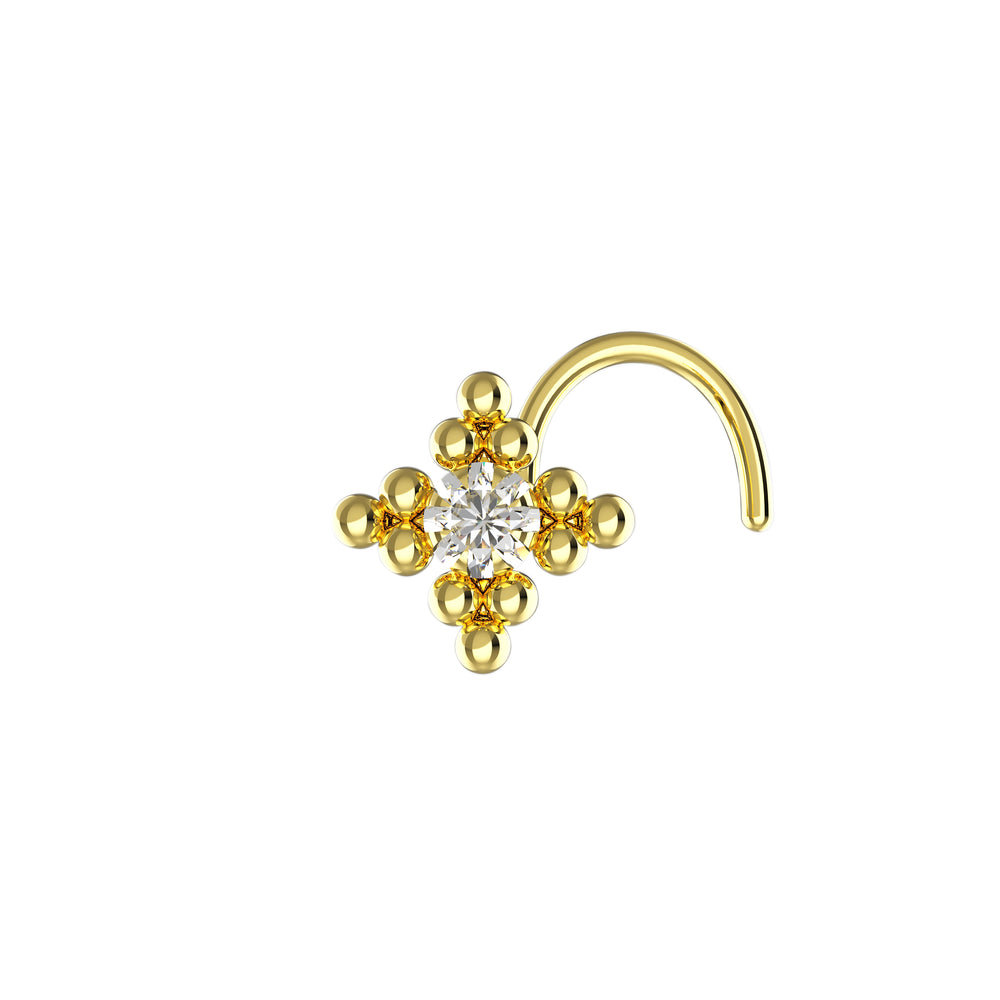
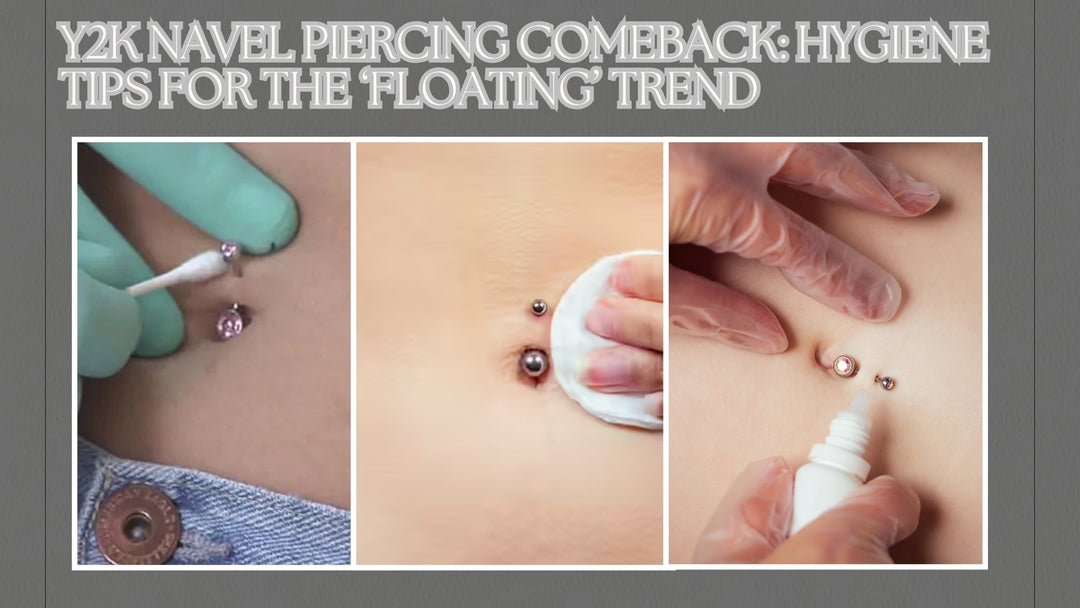

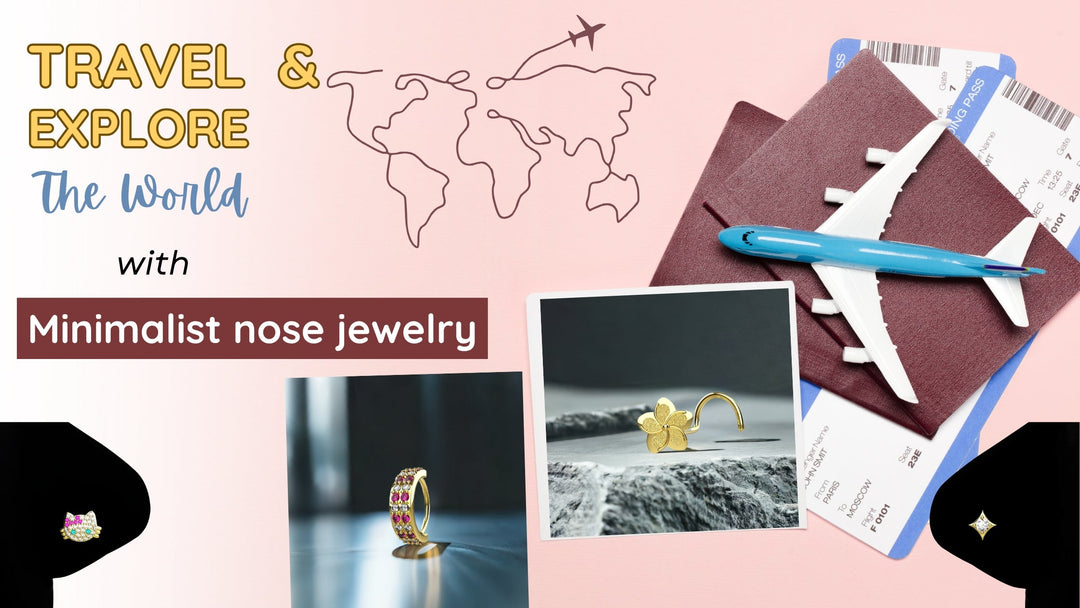
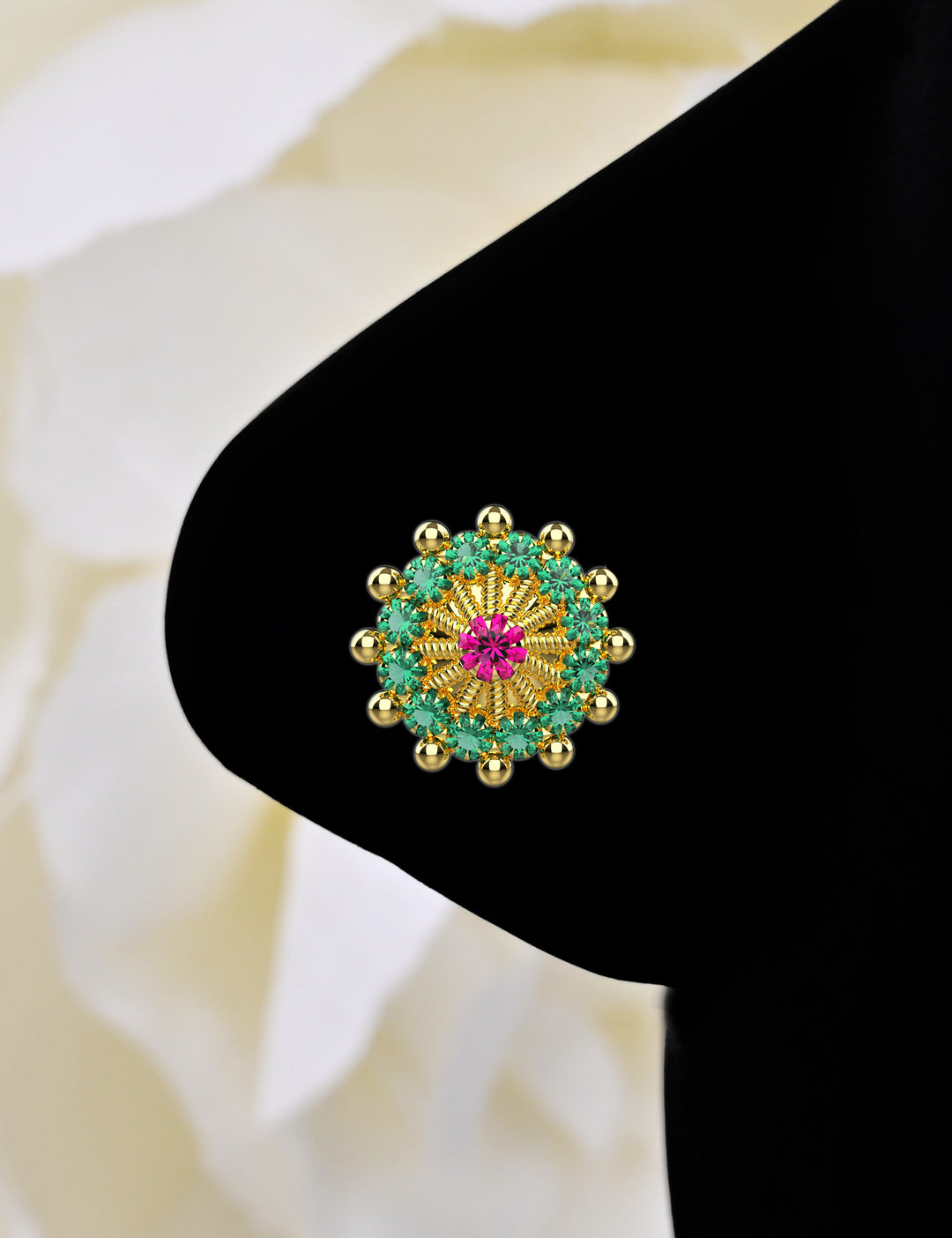
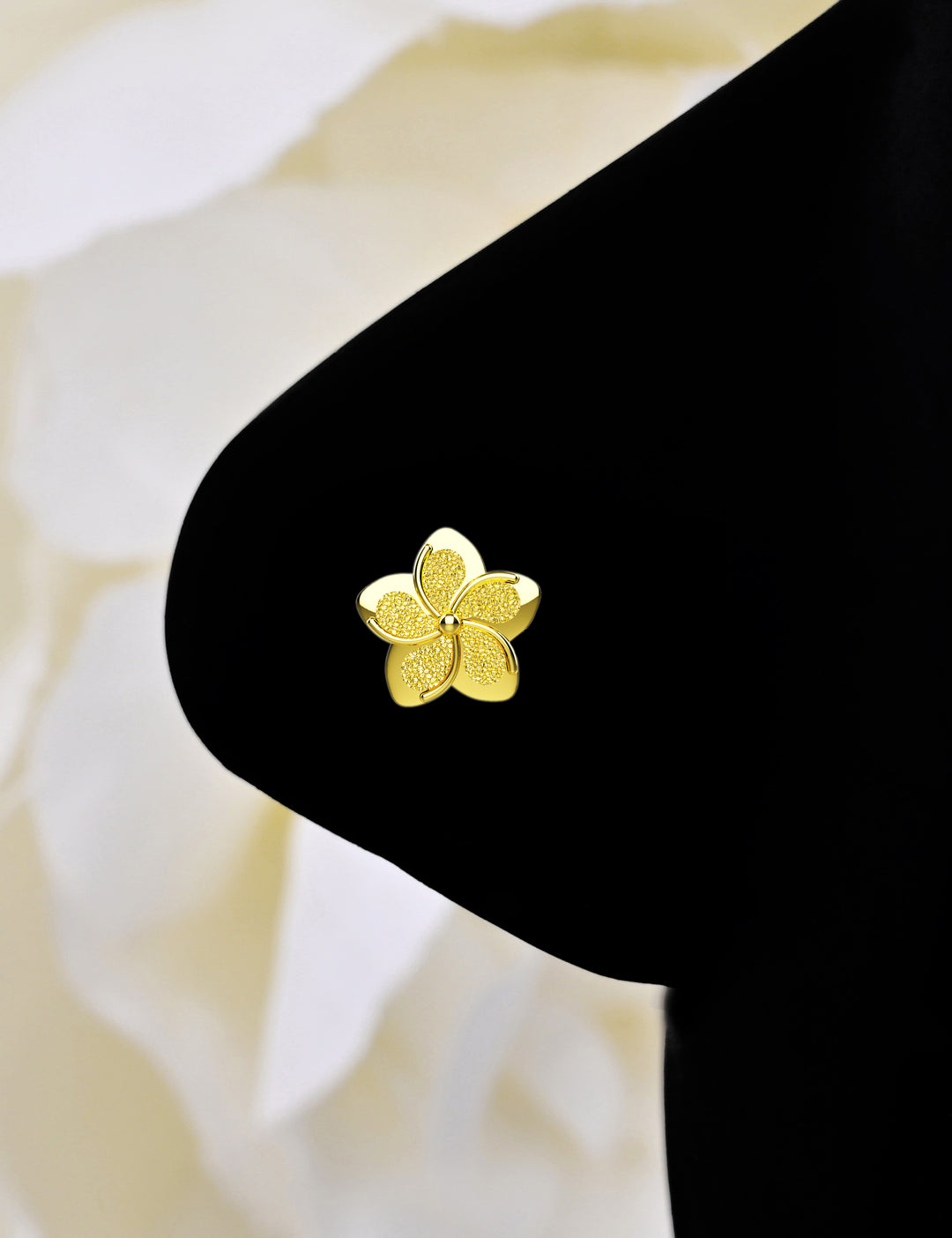
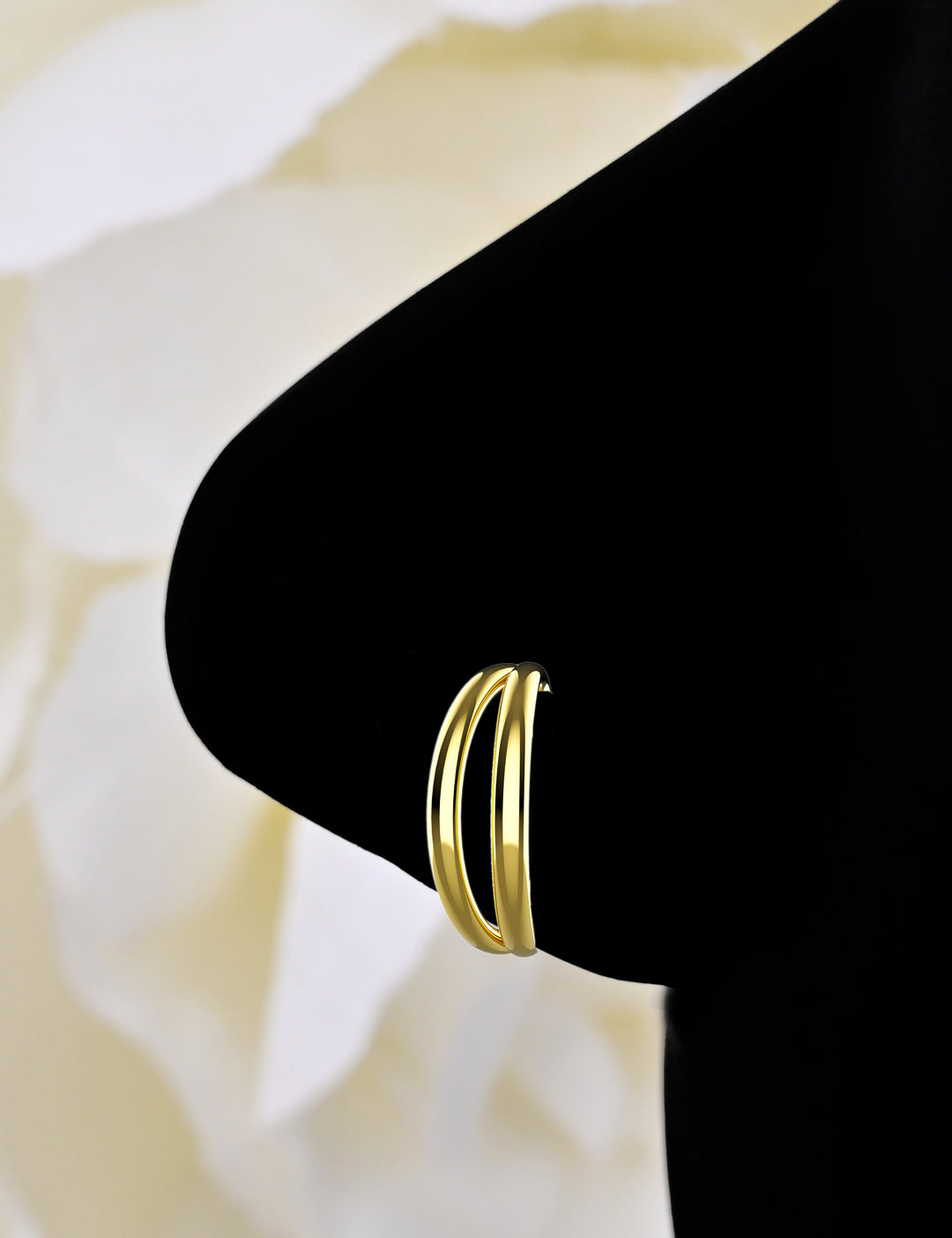
Leave a comment